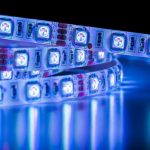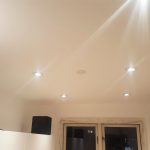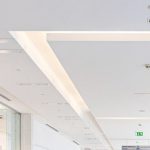Upgrade Your Lighting: Simple Steps to Convert Fluorescent Lights to LED
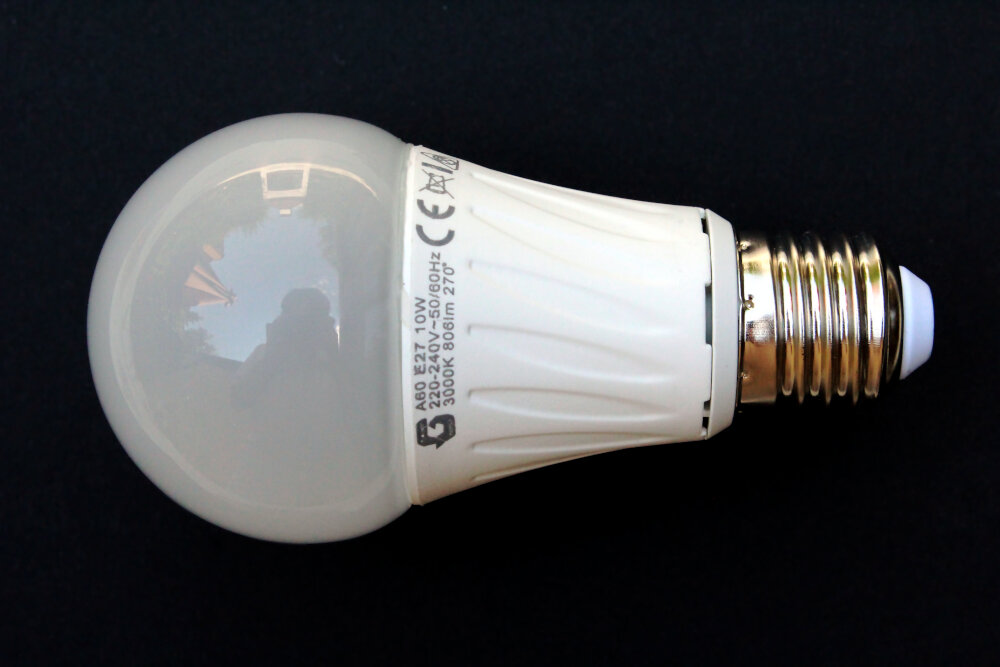
Lighting plays a vital role in our daily lives, whether at home or at work. It can affect our mood, productivity, and overall well-being. Over the years, fluorescent lights have been the go-to choice for many households and businesses as they are energy-efficient and long-lasting. However, with the advancements in technology, LED lights have become a popular alternative due to their improved energy efficiency, lifespan, and versatility. If you are looking to upgrade your lighting, converting your fluorescent lights to LED is a simple and cost-effective way to do so. Converting your fluorescent lights to LED may seem like a daunting task, but it is actually a straightforward process that can be achieved with a few simple steps. The benefits of converting to LED go beyond just energy efficiency. LED lights are environmentally friendly, emit less heat, and have a longer lifespan, which means that you will save money in the long run. Additionally, LED lights come in a variety of colors and brightness levels, allowing you to customize your lighting to your specific needs and preferences. In this article, we will guide you through the steps to convert your fluorescent lights to LED, so you can enjoy the benefits of this modern lighting technology.
Upgrading to LED lighting is a highly beneficial move for several reasons. Firstly, LED lights last much longer than traditional lighting options, meaning you’ll spend less time and money replacing them. Secondly, they are more energy-efficient, consuming up to 90% less energy than incandescent bulbs, resulting in lower electricity bills and a reduced carbon footprint. Additionally, LED lights emit less heat than other types of bulbs, making them safer to use and reducing the risk of fire. They also offer a brighter, more natural light, improving visibility and reducing eyestrain. Finally, LED lights are incredibly versatile, available in a wide range of color temperatures and styles to suit any application or aesthetic. Overall, upgrading to LED lighting is a smart, practical, and eco-friendly choice.
Upgrading your lighting from fluorescent to LED can seem daunting, but it’s a simple process that can save you money in the long run. The first step is to determine the type of fluorescent fixture you have, as some may require a different approach to conversion. Next, you’ll need to purchase LED bulbs that are compatible with your fixture, making sure to check the wattage and color temperature. Before installation, turn off the power to the fixture and remove the fluorescent tubes. Then, install the LED bulbs, making sure to follow any manufacturer instructions. Finally, turn the power back on and enjoy the energy-efficient and long-lasting benefits of your new LED lighting.
Understand the Differences Between Fluorescent and LED Lighting
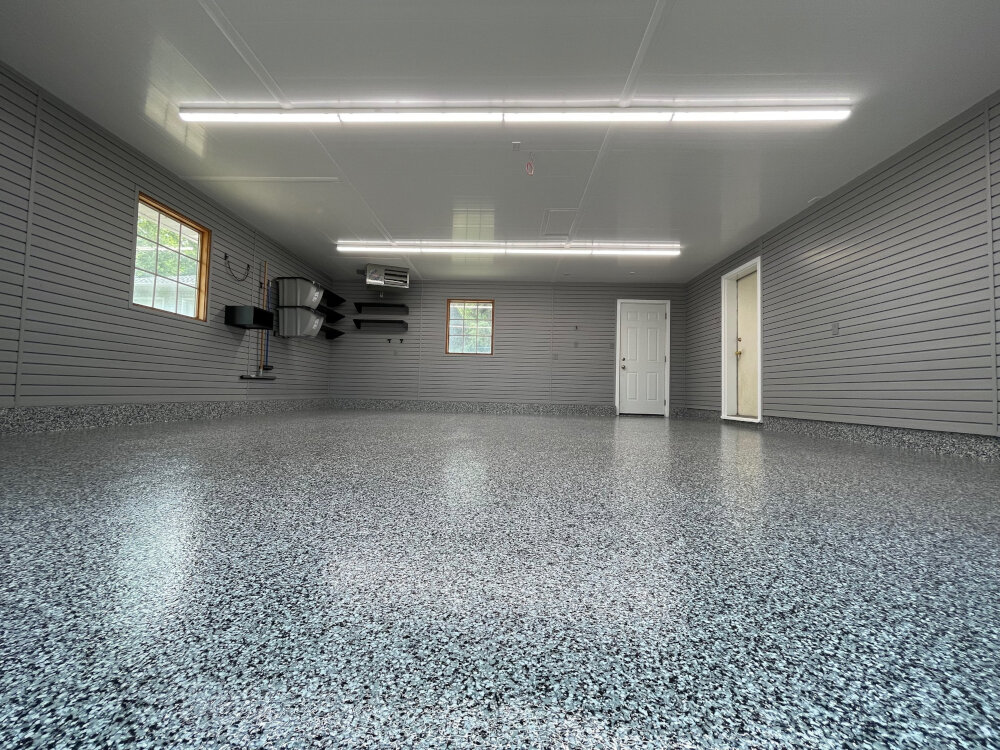
Fluorescent and LED lighting are two of the most commonly used lighting technologies in homes and businesses. While both provide lighting, they differ in terms of energy efficiency, lifespan, and environmental impact. Fluorescent lighting uses a gas-filled tube and a ballast to produce light, while LED lighting uses a semiconductor to produce light. Fluorescent lighting is less energy-efficient compared to LED lighting because it produces heat as a byproduct, which wastes energy. LED lighting, on the other hand, converts electrical energy into light, making it more energy-efficient. LED lighting also has a longer lifespan compared to fluorescent lighting. LED lights can last up to 50,000 hours, while fluorescent lights can last up to 15,000 hours. This makes LED lighting a better investment in the long run. Another difference between fluorescent and LED lighting is their environmental impact. Fluorescent lighting contains mercury, which is toxic to the environment. When fluorescent lights are disposed of, the mercury can leak into the environment, causing harm to animals and humans. LED lighting, on the other hand, does not contain mercury, making it a safer option for the environment. LED lighting also emits less heat, reducing the amount of energy required to cool down a room. This makes LED lighting a more environmentally-friendly option compared to fluorescent lighting. Overall, understanding the differences between fluorescent and LED lighting can help you make an informed decision when upgrading your lighting system.
The technology behind fluorescent lights and LED lights differ significantly, resulting in a significant difference in energy efficiency. Fluorescent lights use a gas-discharge method, where an electric current flows through a gas-filled tube to produce light. This process produces a significant amount of heat, which is lost energy. On the other hand, LED lights use a semiconductor to produce light, which is a more efficient process as it produces less heat. LED lights also require less energy to produce the same amount of light compared to fluorescent lights. Additionally, LED lights have a longer lifespan, which also contributes to their energy efficiency as they require less frequent replacement, resulting in less waste.
When it comes to comparing the costs and lifespans of different lighting types, LED lights stand out as the clear winner. While incandescent bulbs may be cheaper upfront, they have a much shorter lifespan and use significantly more energy, leading to higher electricity bills in the long run. Similarly, fluorescent lights have a longer lifespan than incandescent bulbs, but they still use more energy than LEDs and contain hazardous materials such as mercury. LED lights, on the other hand, have the longest lifespan of any lighting type and use the least amount of energy, making them the most cost-effective and environmentally friendly option available. Though they may be slightly more expensive upfront, the savings in energy costs and longevity make LED lights the clear choice for anyone looking to upgrade their lighting.
Choose the Right LED Bulbs
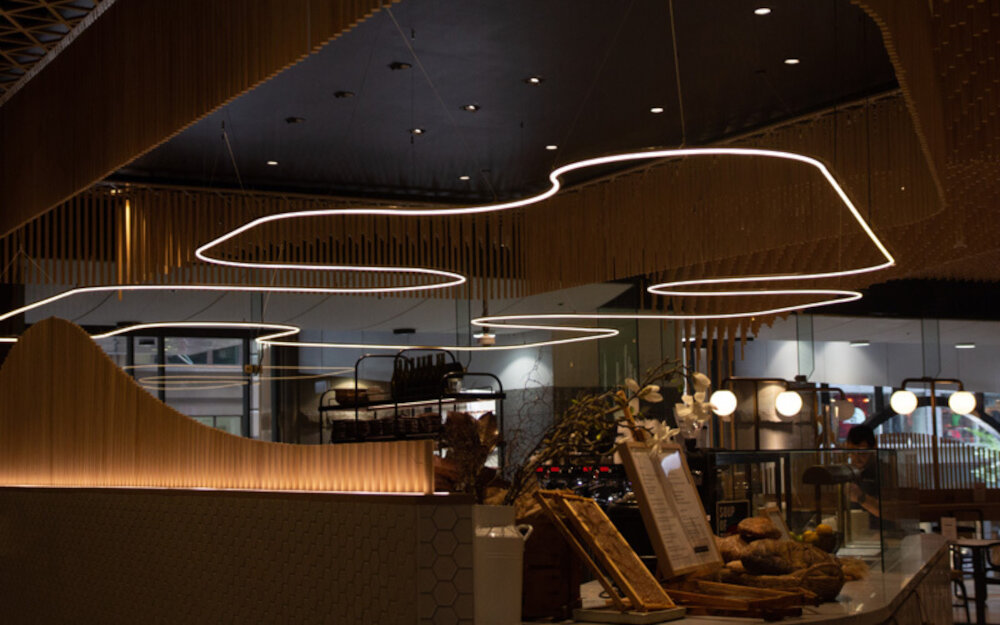
Light-emitting diodes (LEDs) are highly efficient, long-lasting, and eco-friendly lighting solutions. However, choosing the right LED bulbs can be a bit tricky. Before purchasing LED bulbs, it’s essential to understand a few key factors that determine their brightness, color, and energy efficiency. One of the most important factors is Lumens- the measure of a bulb’s brightness. Generally, a 60-watt incandescent bulb produces around 800 lumens of light. To achieve the same level of brightness, look for LED bulbs that provide 800 lumens. Additionally, it’s crucial to consider the color temperature of LED bulbs. It’s measured in Kelvins (K), and the lower the Kelvin rating, the warmer and more yellow the light appears. On the other hand, higher Kelvin ratings produce cooler and more bluish light. For indoor lighting, it’s recommended to choose LED bulbs with a color temperature of 2700K to 3000K for a warm and comfortable ambiance. When selecting LED bulbs, it’s also crucial to check their energy efficiency. The amount of energy an LED bulb consumes depends on its wattage. For instance, a 10-watt LED bulb produces the same amount of light as a 60-watt incandescent bulb. Therefore, LED bulbs are significantly more energy-efficient and can save you a considerable amount on energy bills. Additionally, it’s essential to consider the bulb’s lifespan or the number of hours it can operate before burning out. LED bulbs have a much longer lifespan than traditional bulbs, and some can last up to 25,000 hours. Choosing LED bulbs with a long lifespan can save you money on bulb replacements in the long run. By paying attention to lumens, color temperature, energy efficiency, and lifespan, you can choose the right LED bulbs that meet your lighting needs and preferences.
LED bulbs come in different types which offer varying features and benefits. The most common types include A-shaped, reflector, tube, and candelabra bulbs. A-shaped bulbs are designed to replace traditional incandescent bulbs and come in different color temperatures and brightness levels. Reflector bulbs are ideal for directional lighting and are commonly used in recessed and track lighting. Tube bulbs are designed to replace fluorescent tubes and offer energy efficiency and longer lifespan. Lastly, candelabra bulbs are used for decorative lighting fixtures and come in various shapes and sizes. It is important to choose the right type of LED bulb based on your lighting needs and fixture type to maximize their benefits.
When choosing LED bulbs to replace fluorescent lights, it’s important to consider various factors to ensure that the new bulbs meet your lighting needs. One of the most important factors is color temperature, which determines the warmth or coolness of the light emitted by the bulb. A bulb with a warmer color temperature, around 2700-3000K, will create a cozy and inviting atmosphere, while a cooler temperature, around 4000-5000K, will provide a brighter and more energizing light. Another important factor is lumens, which refers to the brightness of the bulb. The higher the lumens, the brighter the light. It’s also important to consider the bulb’s wattage equivalent to ensure that the new LED bulb will provide the same amount of light as the fluorescent bulb it’s replacing. Additionally, look for bulbs with a high Color Rendering Index (CRI) to ensure that colors appear true and vibrant under the new lighting. Finally, consider the bulb’s shape and base to ensure that it fits properly in the fixture.
Remove Fluorescent Lights and Install LED Lights
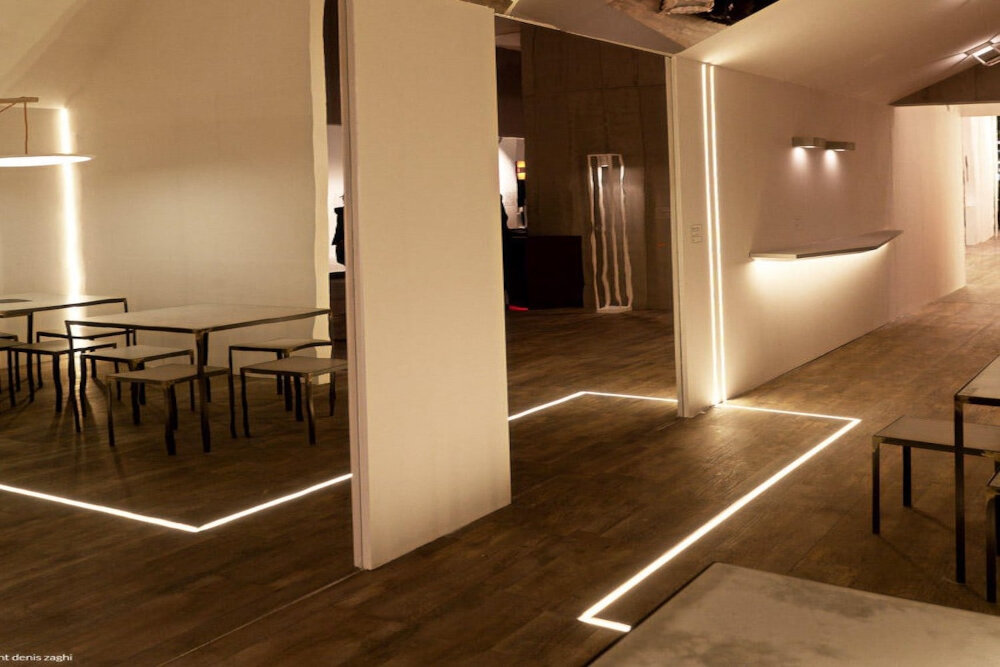
If you’re looking for a quick and easy way to upgrade your home or office lighting, consider removing fluorescent lights and installing LED lights. Fluorescent lighting has been a popular choice for decades, but it can be costly to maintain and replace. In contrast, LED lights are more energy-efficient and long-lasting, making them a smart investment for any home or business. The process of removing fluorescent lights and installing LED lights is relatively simple. Start by turning off the power to the lights and removing the fluorescent bulbs and ballast. Next, install LED bulbs and a compatible LED driver to power the lights. LED lights come in a variety of shapes and sizes, so be sure to choose the right style for your needs. Once the lights are installed, turn the power back on and enjoy the benefits of brighter, more efficient lighting. By making this simple switch, you can save money on energy costs and reduce your carbon footprint.
Upgrading to LED lights from fluorescent lights is a great way to save energy and money on your electricity bill. The process is relatively simple and can be done with just a few tools. To remove the existing fluorescent lights, turn off the power to the fixture and carefully remove the bulbs and ballast. Next, install the LED ballast into the fixture and connect the wires according to the instructions provided. Finally, install the LED bulbs and turn on the power to the fixture. LED lights are a great investment for your home or office as they last longer and use less energy than traditional fluorescent lights. With these easy steps, you can start enjoying the benefits of LED lighting in no time.
Upgrading your fluorescent lights to LED requires some tools and materials. Firstly, you will need a voltage tester to ensure the circuit is safe before modifying any wiring. A screwdriver set will also be necessary to remove the fluorescent tube and its ballast. Additionally, a wire stripper and wire nuts will be required to connect the new LED light fixture to the existing wiring. It is important to note that LED lights require a different type of ballast than fluorescent lights, so a LED-compatible ballast or an LED driver may also be needed. Finally, the LED light fixture itself is the most important material needed for the conversion, and it should be chosen carefully to ensure it is the right size and brightness for the space. With the right tools and materials, upgrading your lighting can be a simple and rewarding project.
Enjoy the Benefits of LED Lighting
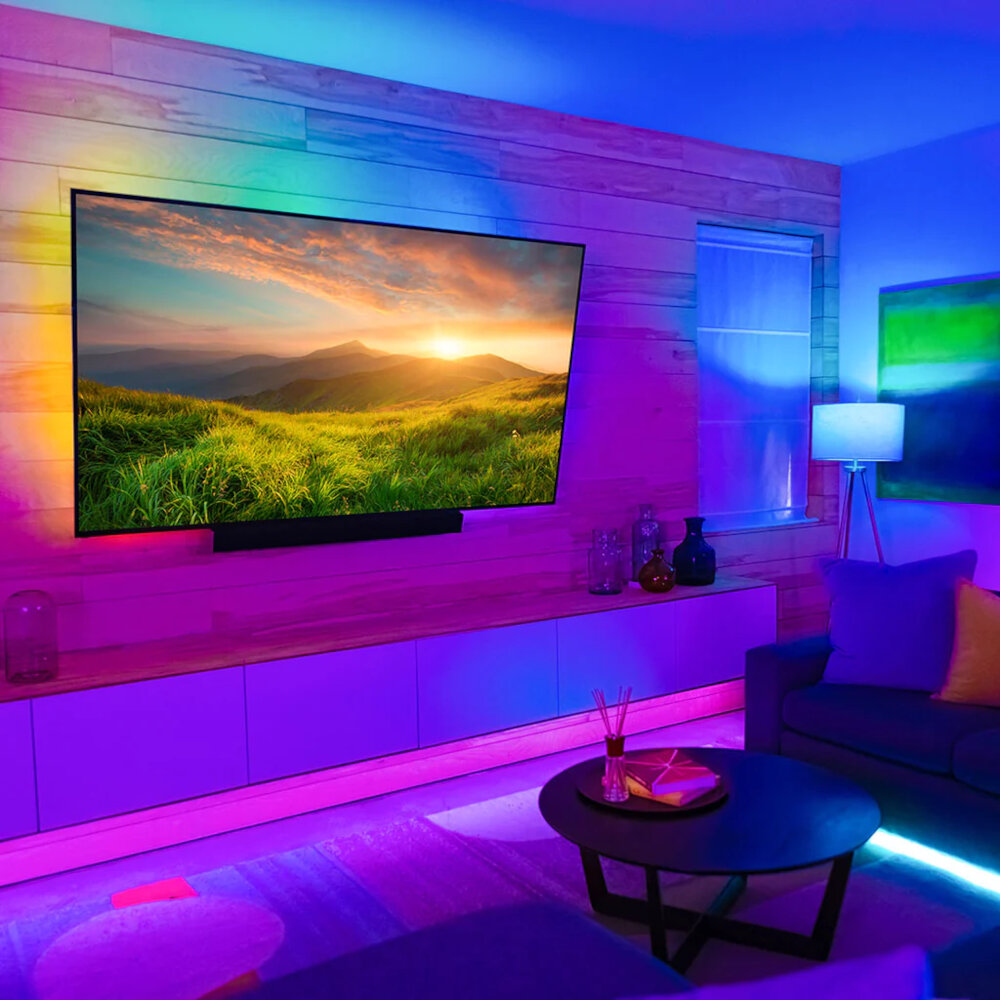
LED lighting has become increasingly popular in recent years due to its numerous benefits. One of the main advantages of LED lights is their energy efficiency. Compared to traditional incandescent bulbs, LED lights use up to 80% less energy, which translates to lower electricity bills and a reduced carbon footprint. Additionally, LED lights have a longer lifespan, typically lasting up to 25 times longer than incandescent bulbs, which means less frequent replacements and less waste. LED lights are also highly versatile and can be used in a variety of settings, from homes and offices to outdoor spaces and sports stadiums. Another benefit of LED lights is their superior quality of light. LED lights emit a bright, natural-looking light that is easy on the eyes and can improve visibility in any space. Unlike fluorescent lights, LED lights do not flicker or produce a buzzing sound, making them a better choice for people who are sensitive to these types of distractions. LED lights are also highly customizable, with a range of color temperatures and brightness levels available to suit any mood or setting. Whether you’re looking to create a warm, cozy atmosphere in your living room or a bright, productive workspace in your office, LED lights can deliver the perfect lighting solution for your needs. Overall, upgrading to LED lighting is a simple and effective way to improve energy efficiency, reduce waste, and enhance the quality of light in your home or workspace.
LED lighting has revolutionized the lighting industry in the recent past, offering numerous benefits over traditional lighting systems. One of the most significant advantages of LED lights is their energy efficiency. LEDs use up to 75% less energy than standard incandescent bulbs, which means significant energy savings for homeowners and businesses alike. Additionally, LED lighting has a longer lifespan, which reduces the need for frequent replacements, and it emits less heat, making it a safer option. LED lighting also provides improved lighting quality, with brighter and more natural lighting that enhances colors and details, making it a popular choice for commercial and residential settings. Overall, upgrading to LED lighting is a simple and effective way to save money, improve lighting quality, and reduce environmental impact.
Maintaining and optimizing your LED lighting can significantly increase the lifespan and efficiency of your bulbs. Firstly, ensure that the voltage of the LED matches the voltage of the circuit it is connected to. Secondly, clean the bulbs regularly to avoid dust and debris build-up, which can decrease brightness and cause overheating. Thirdly, avoid using incompatible dimmer switches as this can lead to flickering or even damage to the bulbs. Finally, consider using smart lighting systems that allow you to control the brightness and timing of your LED lights, which can help save energy and extend the lifespan of your bulbs. By following these tips, you can enjoy the benefits of LED lighting for longer and with less maintenance.
Upgrading to LED lighting offers a myriad of benefits to your home or business. LED lights are energy-efficient, using up to 80% less energy than traditional incandescent bulbs, which can translate to significant savings on your electricity bills. They also last longer than traditional bulbs, which means less frequent replacement and less waste. LED lighting is also eco-friendly, as it produces less heat and carbon emissions. Additionally, LED lights are versatile and come in a range of colors, making them suitable for a variety of settings and applications. Overall, upgrading to LED lighting is a smart investment that can improve your lighting quality, reduce your energy consumption, and benefit the environment.
Upgrading to LED lighting is an easy and cost-effective way to reduce your energy consumption and lower your carbon footprint. Not only do LED lights use less energy than traditional fluorescent bulbs, but they also last longer, which means less maintenance and fewer replacements. In addition, LED lights are more environmentally friendly since they contain no toxic materials and emit less heat. Making the switch to LED lighting is a simple step that can have a significant impact on both your wallet and the environment. So, why wait? Take action today and start enjoying the benefits of LED lighting.
Conclusion
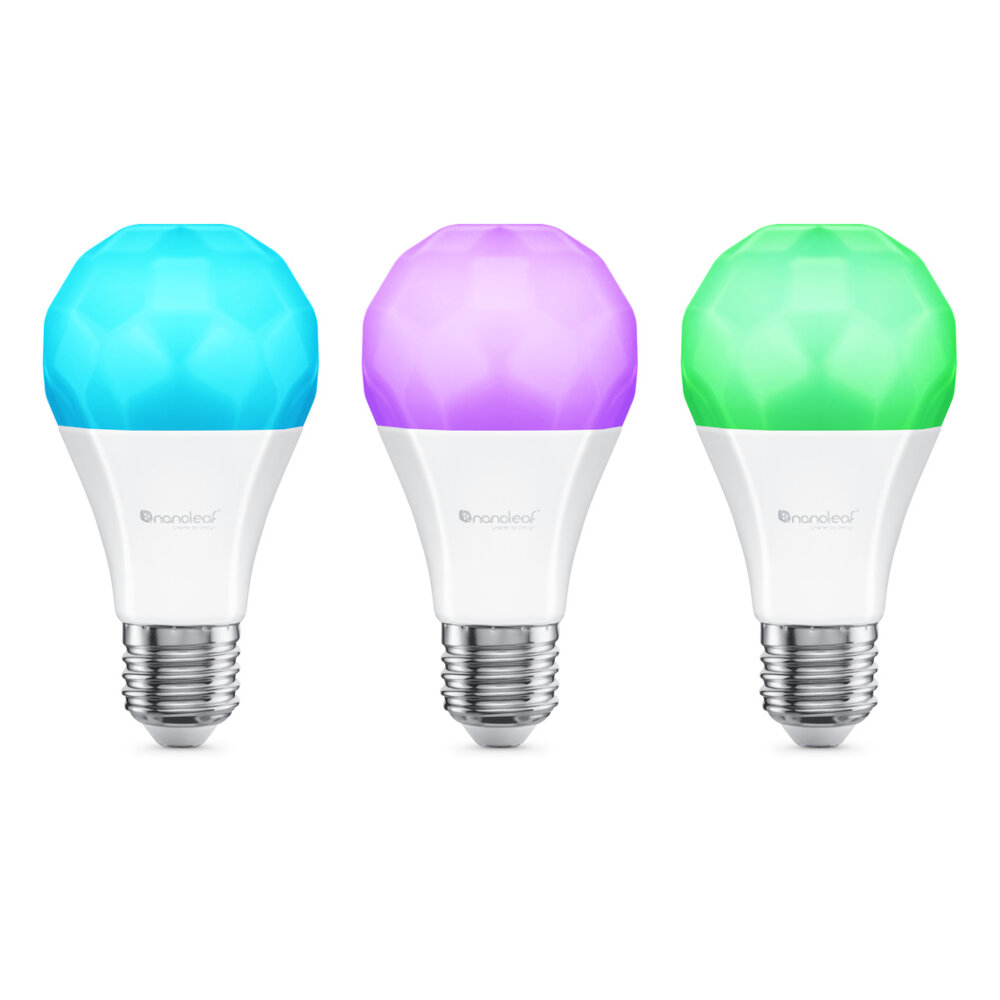
In conclusion, upgrading your lighting from fluorescent to LED is a simple and cost-effective way to improve the quality of light in your home or workspace. Not only does it save money on energy bills, but it also reduces environmental impact and enhances the overall ambiance. By following the steps outlined in this guide, anyone can easily convert their fluorescent lights to LED and enjoy the benefits of brighter, more efficient lighting. So why wait? Make the switch today and see the difference for yourself!

